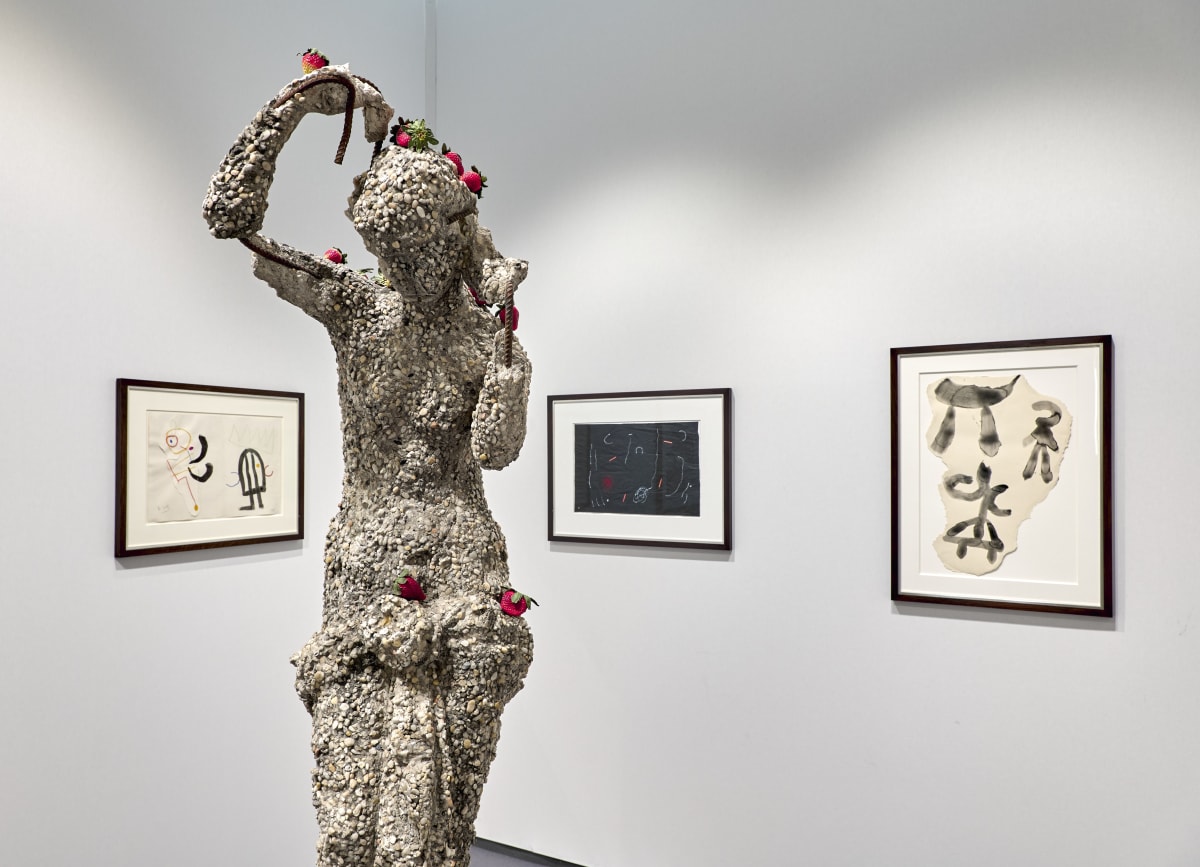United States, 1928-2007
Biography
"In my case, I used the elements of these simple forms — square, cube, line and color — to produce logical systems. Most of these systems were finite; that is, they were complete using all possible variations. This kept them simple."
Sol LeWitt is identified as a pioneer of the 1960s conceptual art movement and is perhaps best known for his ‘Wall Drawings’. Before dedicating his life entirely to an artist, Sol LeWitt worked as a graphic designer for the architect I.M. Pei, which would later inspire the architectural references in his artworks. His three-dimensional structural works, comprising geometric forms like cubes and pyramids, were applied to a range of media from sculpture to painting to his works on paper, as exemplified here. These so-called "structures" became a defining theme in his career spanning over 40 years.
Today, his works are held in collections including the Mass MoCA, Art Institute of Chicago, National Gallery of Art Washington, D.C., Tate Gallery in London, Dia Art Foundation in Beacon, NY, and the Walker Art Center, MN, among many others. Locally, his work can be seen as part of the floor of La Monnaie, commissioned by the late famous architect Charles Vandenhove.
Works
Art Fairs
Join our mailing list
* denotes required fields
In order to respond to your enquiry, we will process the personal data you have supplied to communicate with you in accordance with our Privacy Policy. You can unsubscribe or change your preferences at any time by clicking the link in our emails. This site is protected by reCAPTCHA and the Google: Privacy Policy and Terms of Service apply.



